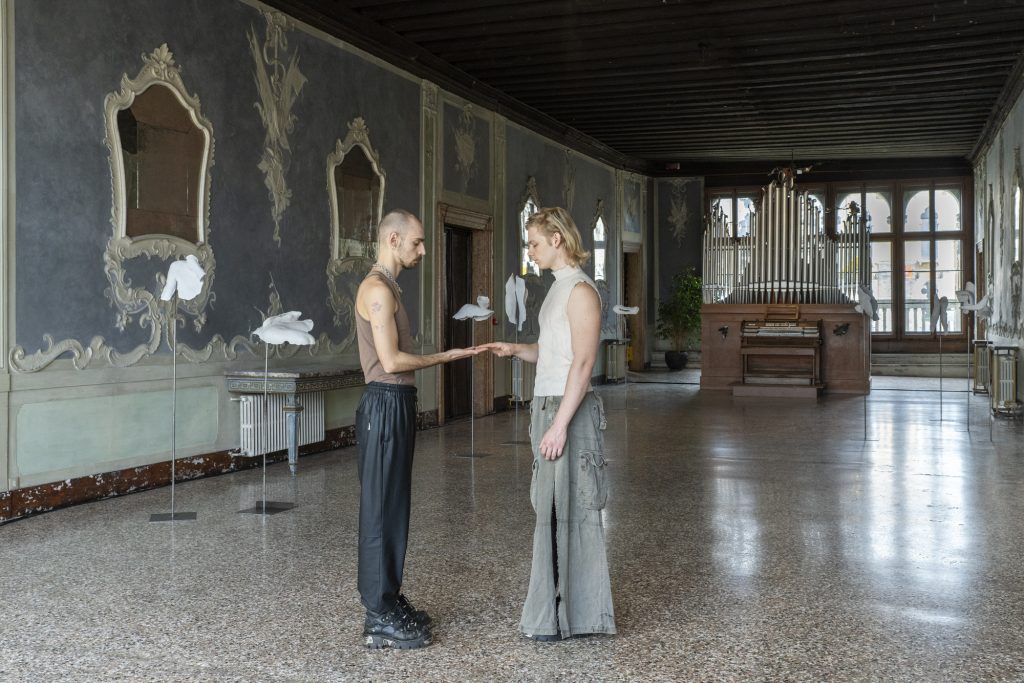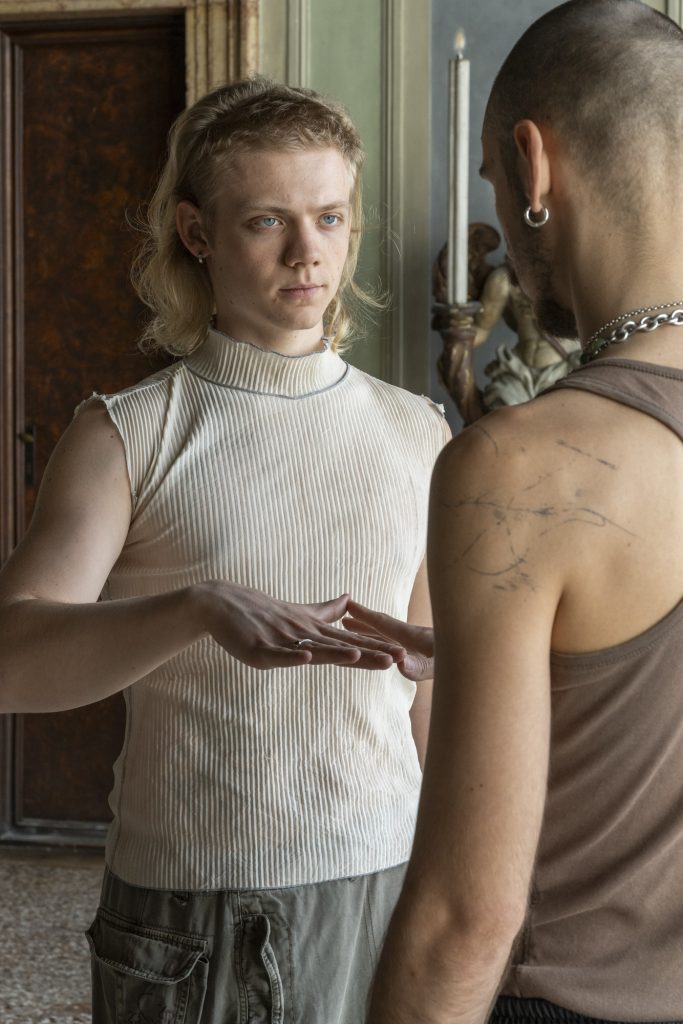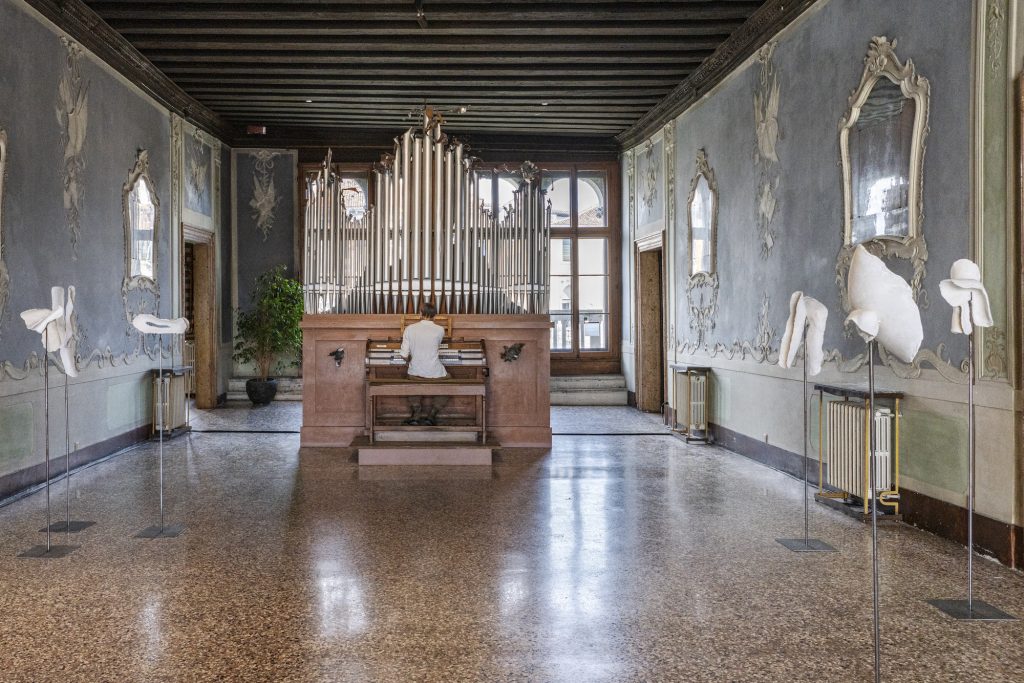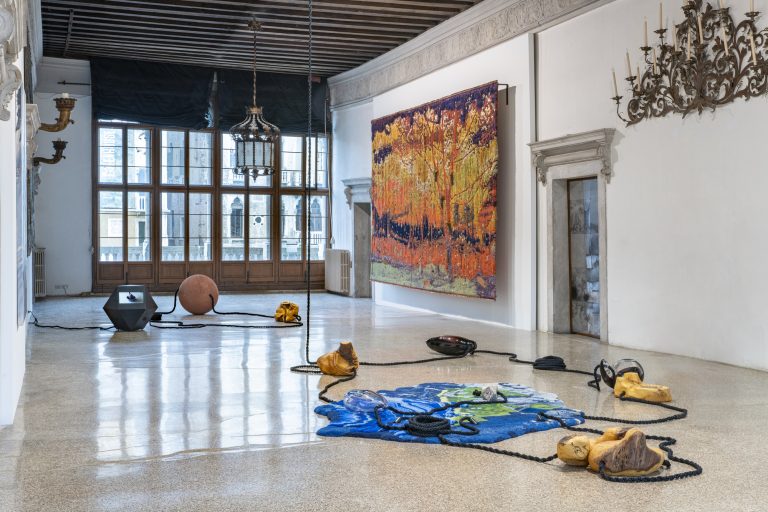
Federico, 2015

Federico, 2015

Russian Contemporary Baroque, 2024
Curated by Björn Geldhof, From Ukraine: Dare to Dream confronts the brutal realities of war while offering a vision of resilience and hope. Ran from April 20 to August 1, 2024, at Palazzo Contarini Polignac as part of the Venice Biennale, this exhibition featured 22 artists and collectives presented by the PinchukArtCentre, who challenge the world to dream of a future beyond destruction. Now Future Generation Art Prize exhibition opens from 4th October at the PinchukArtCentre. The exhibition will feature newly commissioned works by this editions’ 21 shortlisted artists and marking the 15th anniversary of the prize.
hube: From Ukraine: Dare to Dream is described as both a challenge and a call to action. Could you discuss the intended impact or message you hope to convey to visitors?
Björn Geldhof: For the past two years, much of our focus has been on Ukraine. The conversations we’ve had were important, not only for Ukrainians but for the world. However, we were often asked, ‘Why does Ukraine hold such a special position? Why is so much attention given to Ukraine?’ This exhibition acknowledges that if we speak about Ukraine, we must also address the global context. Discussing Ukraine doesn’t only mean talking about the horrors of war – it’s about the potential to dream, to envision a future beyond the immediate crises. Ukraine becomes a starting point for connecting stories, listening to others, and imagining possibilities for change in a world constantly grappling with crisis after crisis.
h: The exhibition features works from 22 artists and collectives. How did you select these artists and what criteria did you consider in curating the exhibition? Could you please tell us more about the artists and their collaborative efforts?
BG: The exhibition was co-curated by my colleagues and me. Our focus was on artists whose themes resonated with Ukraine, but not exclusively. Many of the artists work in regions such as Africa, the Middle East, or Latin America, and while their subject matter is essential to their own contexts, it also holds significance for us. It was vital for us to connect with their stories, as we believe that through listening to others, we can gain a better understanding of our place in the world. The selected artists shared challenges and dreams with us, fostering a two-way dialogue. While we learn from them, we also offer something of value in return. This exchange was at the heart of the curation.

